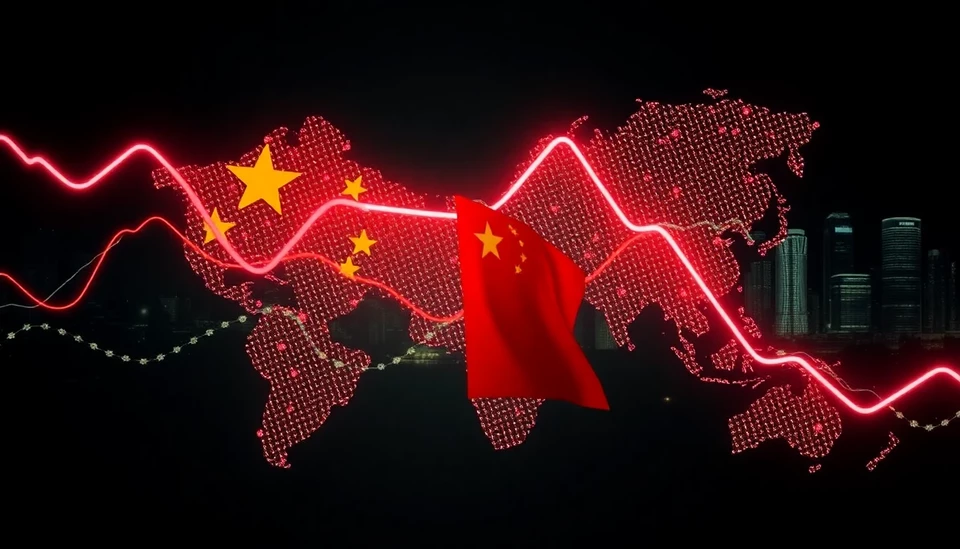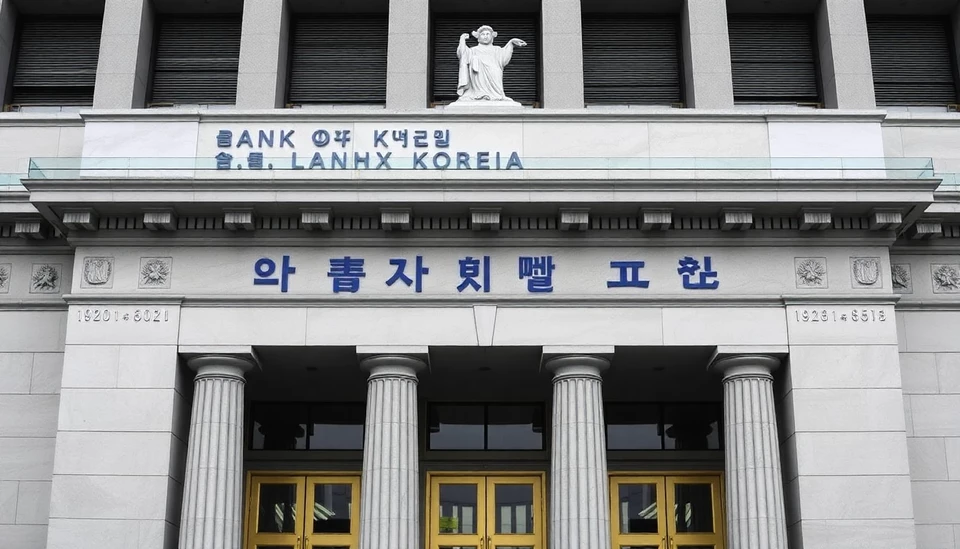
Recent reports suggest that China's economy experienced growth of approximately 5.2% in the months leading up to the introduction of significant tariffs by the United States. This growth rate has sparked discussions among economists and market analysts regarding the impacts of these tariffs on China's economic trajectory and global trade relations.
The anticipated tariffs, which are expected to target a range of goods and services, have the potential to disrupt not only medium-term growth prospects for China but also have far-reaching implications for international trading partners. Analysts note that the increase in China's GDP can be interpreted as a temporary buoyancy ahead of potential headwinds from U.S. trade policies.
China’s economic performance, particularly in the manufacturing and export sectors, appears to have withstood pressures from external trade dynamics. Despite facing ongoing challenges such as supply chain disruptions and geopolitical tensions, the country has managed to maintain a robust pace of growth. Economists are keenly watching how the Chinese government will respond to the tariffs and whether they will implement countermeasures that could mitigate any adverse effects on its economy.
In light of these developments, market experts are closely analyzing consumer sentiment and investment trends within China. There is speculation that domestic consumption may serve as a buffer against external shocks, especially as the government encourages more reliance on local markets and services. This internal focus could provide a cushion that helps sustain economic momentum despite external pressures.
Moreover, as China rolls out its economic policies to address both growth and trade challenges, the central bank is expected to adjust monetary policies to support business resilience. Analysts have suggested that strategic incentives may be introduced to bolster sectors most affected by U.S. tariffs, thus allowing for a mitigation of potential fallout from trade disputes.
The implications for the global economy are significant, particularly as countries worldwide adjust their own trade strategies in response to U.S.-China relations. The extent to which other economies may benefit or suffer from these developments is a subject of ongoing analysis, underscoring the interconnectedness of global markets.
As stakeholders await further clarity on the specifics of the tariffs and potential retaliatory measures from China, the international community remains vigilant. Future updates on these economic trends will be critical in shaping the narrative around China’s growth and its role in the global economy moving forward.
In conclusion, while China's economy has shown resilience with a growth rate of 5.2% prior to the U.S. tariffs, the future remains uncertain as trade tensions escalate. Market participants, policymakers, and economists are all watching closely for signals of how both nations will navigate this complex landscape.
#ChinaEconomicGrowth #USTariffs #GlobalTrade #Economy #TradeWars
Author: Laura Mitchell




